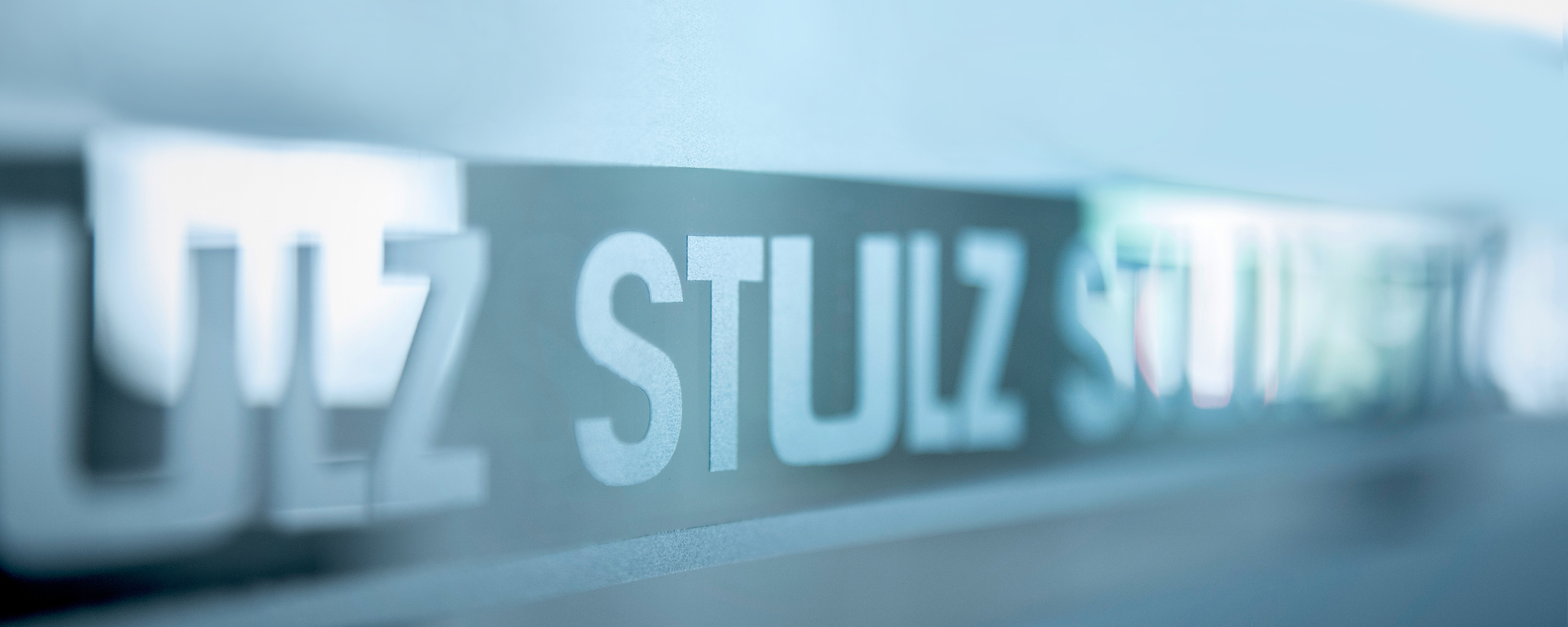If we just take a look at CW units with an external chilled water supply, the principal factors for the optimum operating point are as follows:
- Data Center location (annual temperature profile)
- Data Center size
- Planning a new Data Center or optimizing an existing one
- Number of CW units (redundancy) and total airflow
- Type of control
- Data heat load
- Possible water temperature level of external chilled water supply
- Desired air-side temperature level in the Data Center (e.g. air temperature at the server inlet, return air temperature, supply air temperature, temperature difference between return air and supply air)
The last two points, in combination with the airflow, have an influence on the cooling capacity of the closed-circuit air conditioning units. It is therefore important to know and define these figures precisely right from the start.
The water temperature level of the external chilled water supply depends on the chillers used or the type of chilled water supply system. Modern, energy efficient chillers are capable of working with comparatively high water temperatures (20 °C inlet temperature, sometimes even higher). Older systems, on the other hand, are mostly unable to cope with these water temperatures. In some cities, a central district cooling system is in operation, which generally works with very high water-side temperature differences.
The next step is then linking this potential water temperature with the desired air temperature in the data center and the required cooling capacity for each unit.
The cooling capacity of an air/water heat exchanger, as used in CW units, is dependent on the internal design and size of the heat exchanger, and on the temperature difference between the air inlet temperature and the mean water temperature (possible glycol content is not taken into consideration here).
Therefore, the largest possible choice of heat exchangers is vital for planners and customers in the planning phase, so that they can find their optimum operating point.
For this reason, all CW units from STULZ's CyberAir 3 PRO series can be designed and ordered as standard with three different heat exchangers, which can be employed as requirements dictate.
Thanks to this choice of three heat exchangers, energy efficient operation for virtually any requirements is guaranteed, always and at all times. If very special conditions mean that optimum energy efficiency cannot be achieved with one of these three heat exchangers, however, individual or project-specific heat exchangers can be used.


